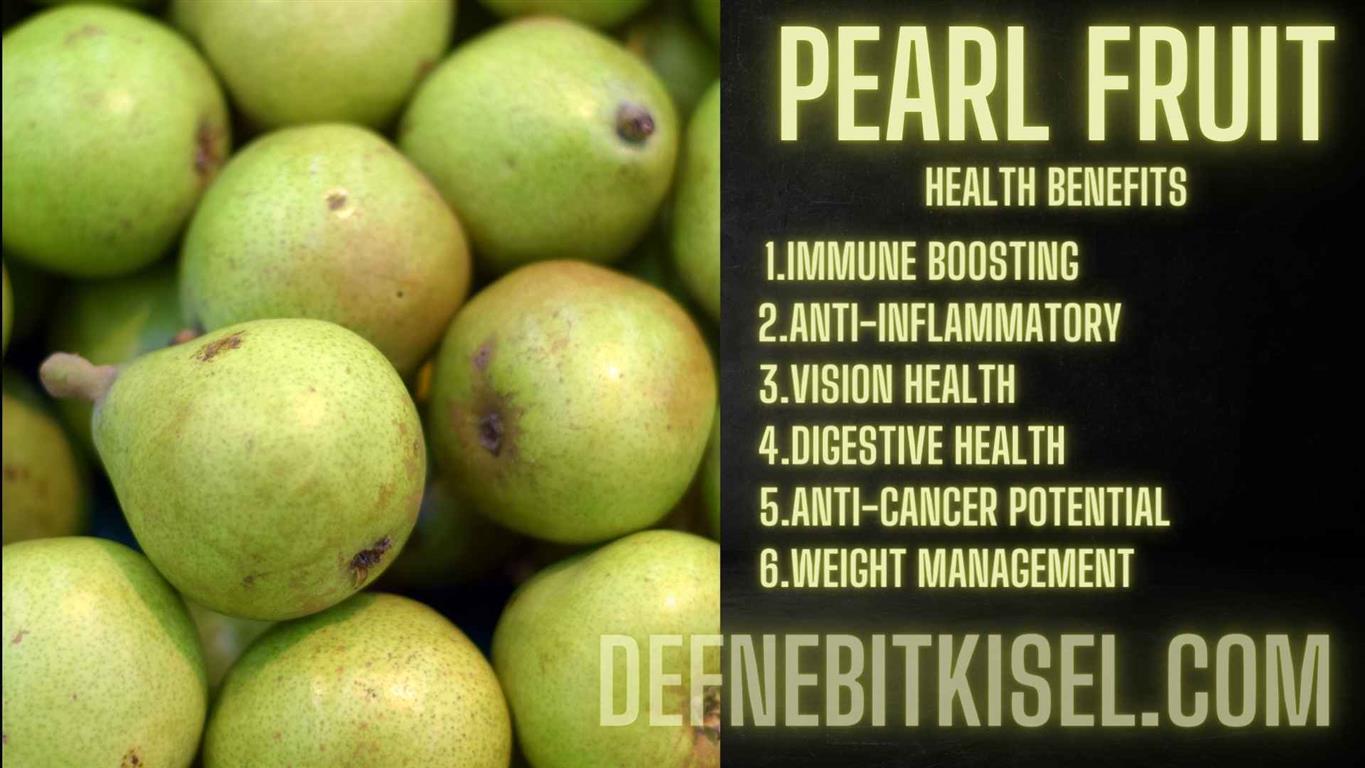Introduction Pearl Fruit
When it comes to tropical fruits, there’s a vast variety of flavors and textures that immediately spring to mind. However, one lesser-known yet equally tantalizing fruit is the Pearl Fruit, also known as Poha Berry or Cape Gooseberry (Physalis peruviana). Originating from South America, this fruit is now cultivated in regions of Asia, Africa, and other parts of the world, spreading its delight wherever it grows. This article aims to delve into the fascinating aspects of this fruit, including its characteristics, health benefits, and culinary uses.
Characteristics
Pearl Fruit is a small, spherical fruit encased in a delicate, papery husk that resembles a Chinese lantern. The fruit itself varies in color, ranging from pale yellow to bright orange when ripe. The texture is smooth and the taste—a unique blend of tart and sweet—is often compared to a fusion of pineapple and strawberry. When you peel back the papery husk, the luscious, juicy fruit is revealed, ready to be devoured.
Nutritional Profile
Beyond its delightful taste, Pearl Fruit is a nutritional powerhouse. Rich in essential vitamins like Vitamin C, Vitamin A, and some B-complex vitamins, it provides a healthy boost to the immune system. The fruit is also a good source of dietary fiber and contains minerals such as iron, calcium, and phosphorus. Notably, it contains antioxidants like phytonutrients and polyphenols, which have been studied for their cancer-fighting properties.
Health Benefits
- Immune Boosting: The high content of Vitamin C helps in strengthening the immune system, thereby warding off common illnesses like colds and flu.
- Anti-inflammatory Properties: The antioxidants in the Pearl Fruit are effective in combating inflammation, making it beneficial for individuals with arthritis or other inflammatory conditions.
- Vision Health: The Vitamin A content supports good vision and helps prevent age-related macular degeneration.
- Digestive Health: The fiber in Pearl Fruit aids in digestion and helps in preventing constipation.
- Anti-cancer Potential: Though more research is needed, preliminary studies suggest that the antioxidants in this fruit may have anti-cancer properties.
- Weight Management: Low in calories yet high in nutrients, this Fruit can be a great addition to any weight management plan.
Culinary Uses
The culinary potential of Pearl Fruit is as versatile as its taste is unique. It can be consumed fresh, dried, or even canned. It makes an excellent addition to fruit salads, desserts, and baked goods. Its tartness balances out the sweetness in jams, jellies, and chutneys, while its unique flavor enhances the taste of sauces and salsas.
Recipes
- Pearl Fruit Jam: Mix Pearl Fruit with sugar and cook until it reaches a jam-like consistency. Add a dash of lemon juice for extra zest.
- Pearl Fruit Smoothie: Blend this Fruit with bananas, yogurt, and a splash of orange juice for a refreshing treat.
- Baked Goods: Incorporate the fruit into muffins or cakes for a tropical twist.
Growing Pearl Fruit
But For those interested in gardening, this Fruit is relatively easy to grow in warm, tropical climates. It prefers well-drained soil and ample sunlight. The plants are usually resistant to most pests and diseases, making them ideal for organic cultivation.
Conclusion Pearl Fruit
this Fruit is not just a delightful tropical treat; it’s a nutritional goldmine with an array of health benefits and culinary applications. Whether you’re munching on it fresh, using it to create delectable dishes, or even growing it in your backyard, this fruit is sure to win you over. So the next time you encounter this hidden gem, don’t hesitate to give it a try and experience the wonders it has to offer.









